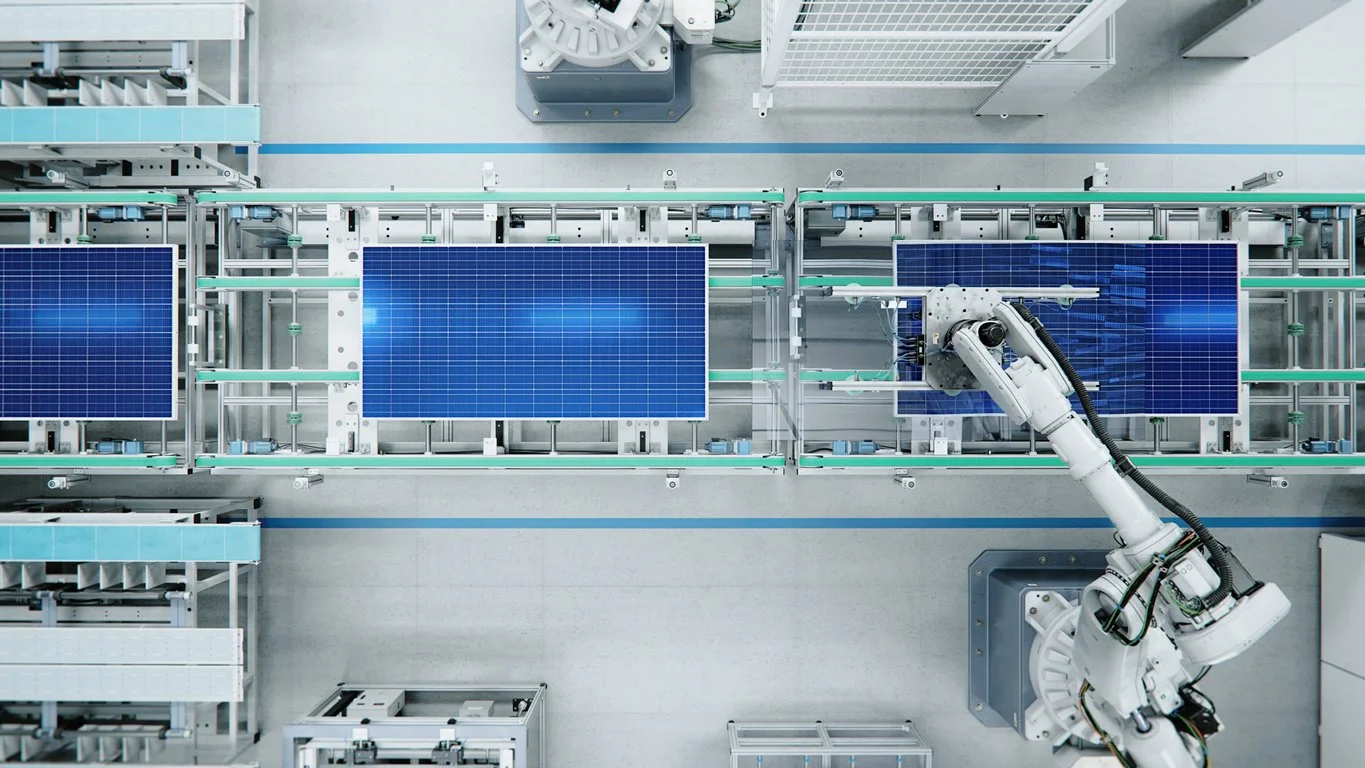The Eight Deadly Sins of Analyzing the Energy Transition
Source: Sam Butler-Sloss, Kingsmill Bond | · RMI · | October 13, 2023
The renewable revolution is plainly gaining speed and impact. So why are so many analysts so wrong about the pace and scale of innovation?
The renewable revolution is advancing at remarkable speed. In fact, the speed of the renewable revolution has defied many leading energy commentators who have continuously underestimated its true trajectory. They have suffered from what statisticians call a systematic bias, that is, an error that consistently skews in one direction. Noise, or a random error, is inherent to forecasting; bias, however, requires a deeper explanation.
So why do so many intelligent people undersell the pace and dynamism of the renewable revolution? Leaving aside the inherent bias of those seeking to prop up the fossil fuel system in order to enjoy the largesse of its annual $2 trillion in rents, we identify eight deadly sins of the energy transition.
Whether intentional or unwitting, these eight general errors of perspective are holding back understanding, wasting time and capital, and fueling unproductive climate pessimism.
1. Linear thinking
The first common error is to think that technology change is linear.
However, technology history is replete with S-shaped curves, not straight lines, from the growth of canals and railways to the internet and mobile phones. These S-curves are driven by the self-reinforcing dynamic of “feedback loops” — change begets change. As technologies grow, they enjoy increasing returns to scale. These include falling costs, rising capabilities, rising consumer awareness, rising lobbying power, and more complementary technologies which all in turn spur greater scale.
This is the source of the exponentiality, and it is often missed. The core new energy technologies of solar, wind, batteries, heat pumps and green hydrogen fit the S-shaped growth patterns of the past. Too often the default position is linear change when this is in fact a contrarian view that thinks this time is different.

